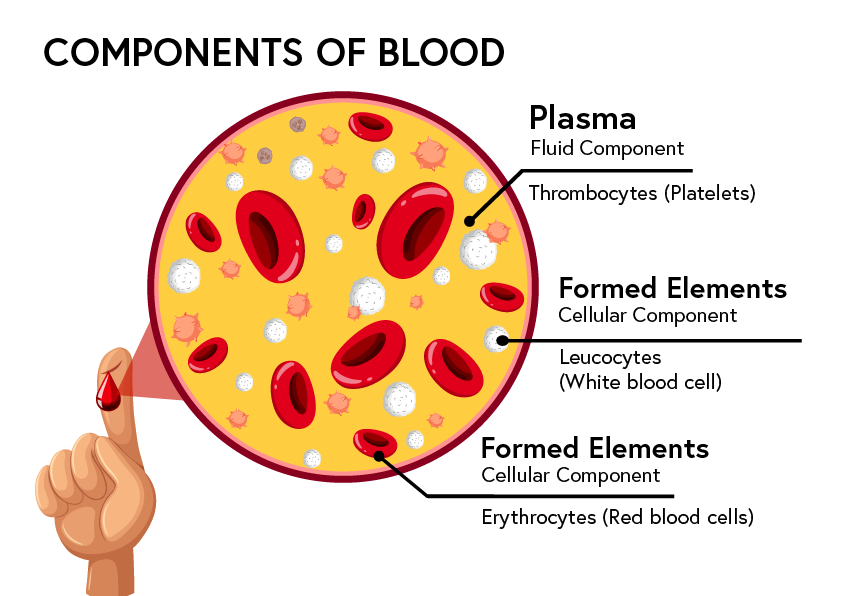WIKIS
DEFINICIÓN: Es una página web con enlaces, imágenes y cualquier tipo de contenido que puede ser visitada y editada por cualquier persona. Herramienta Web 2.0 (Página Web) ideal para crear, reunir, administrar y estructurar contenido de manera colaborativa, fácil y rápida. WIKI Deriva de “Wiki Wiki” : palabra hawaiana que significa “rápido”. Creadas en 1994 por Ward Cunningham como un software para creación de contenidos en forma colaborativa. CARACTERÍSTICAS Crea páginas web en forma rápida y eficaz. Su formato da gran libertad a los usuarios que pueden crear varias variantes de esta herramienta. Permite crear documentos en forma colectiva amplia. Utilizan un wiki texto. La wiki de mayor peso: Wikipedia (Enciclopedia colaborativa) Conserva su historial de cambios que permite recuperar estados anteriores y corregir errores. Permite que se crean artículos colectivamente. Utilizan un Wiki texto que se edita con el navegador. Gran facilidad para crear y actualizar las páginas....


Comentarios
Publicar un comentario